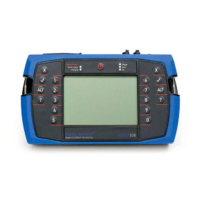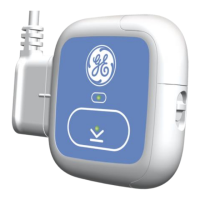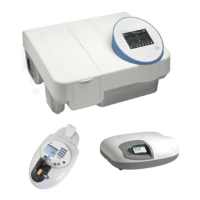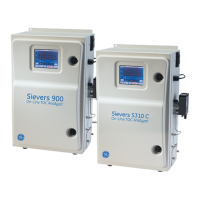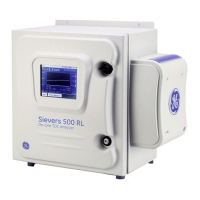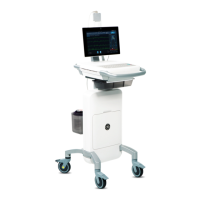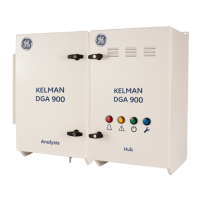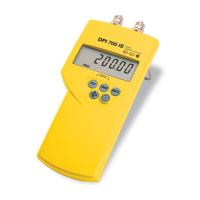Section 5 — Set Measurement Options
121
Equivalent Fmax
You can use equivalent Fmax to control the waveform sampling rate by
expressing it in terms of the maximum frequency of interest. For
example, if you want a waveform with frequency content (Equivalent
Fmax) up to 1 kHz, the instrument will automatically sample at 2.56 kHz.
Changing the Equivalent Fmax directly affects the sampling rate, which
has an inverse effect on the duration of the waveform.
Number of Samples
The resolution of the waveform increases with the number of samples
used. The more samples, the more information the waveform contains.
However, more samples in a waveform means more memory is used to
store the waveform.
TIP: You can let your instrument set the number of samples and
duration for you. To access this feature, simply set the Equivalent
Fmax so that it covers your required frequency range. Your
instrument will select the maximum number of samples and
duration that can be used with this Fmax. You can then adjust
these values as required.
Duration
The duration of a waveform is its recording time. The duration value
depends on the number of samples selected. Increasing the number of
samples increases the duration.
Additional Measurement Parameters
The following additional measurement parameters are available:
• Bandwidth — Available with Demod Spectrum. The bandwidth
you select determines which range of frequencies the
demodulation process will use.
• Machine speed — Available with Cross Channel Phase. When
you measure cross channel phase, ensure you specify the
frequency you are investigating. Typically, this is the machine
running speed.

